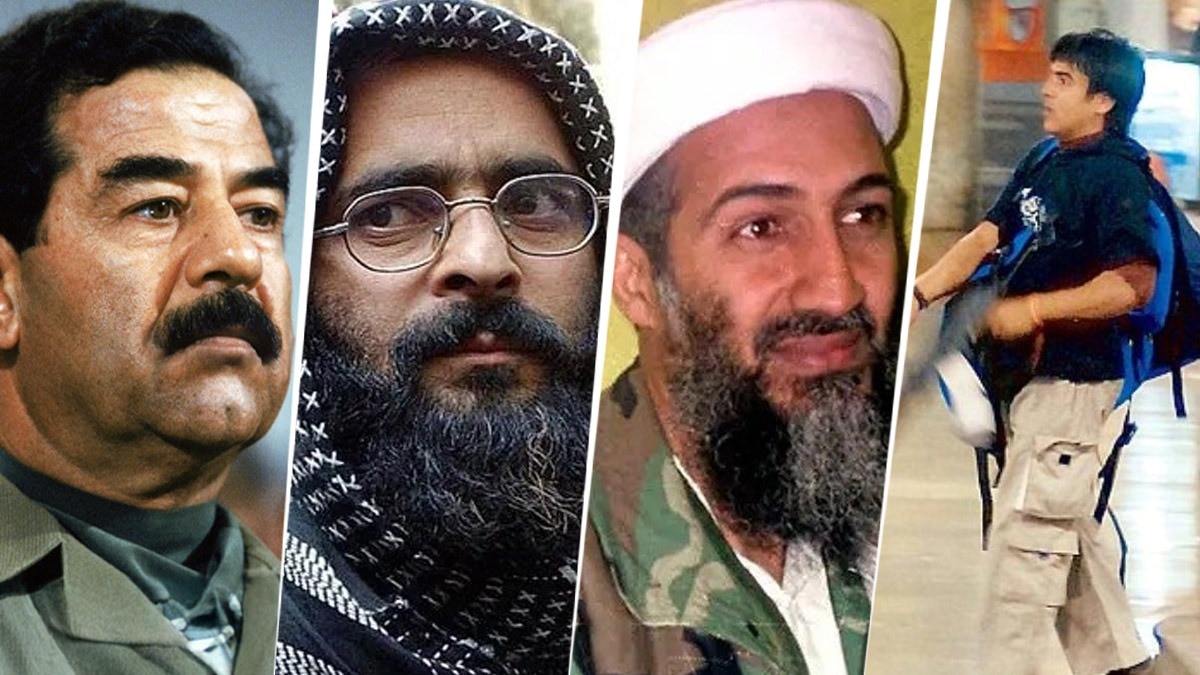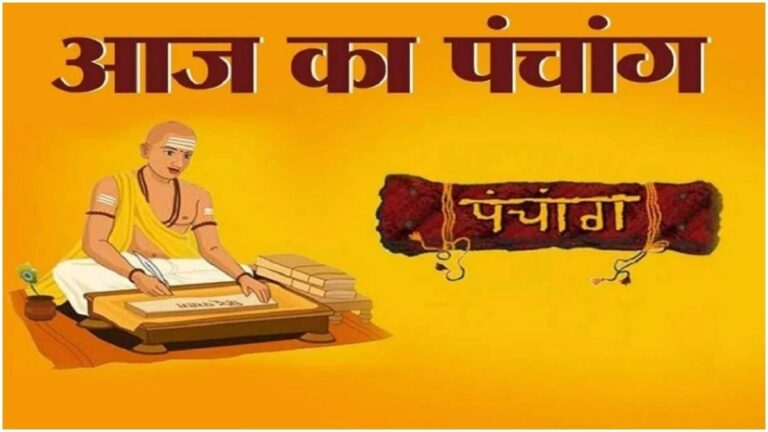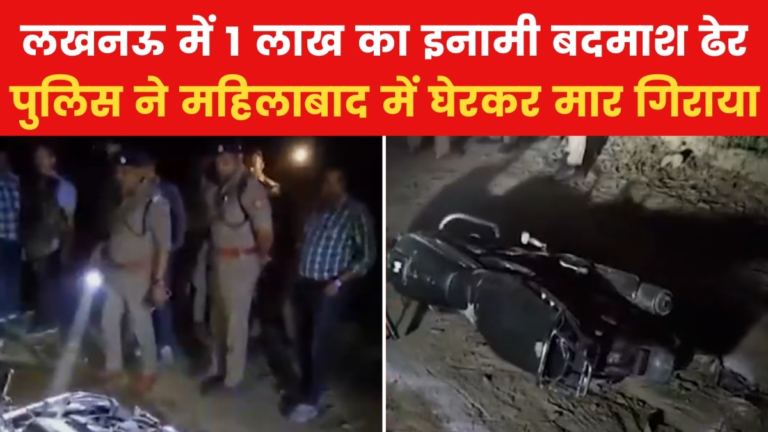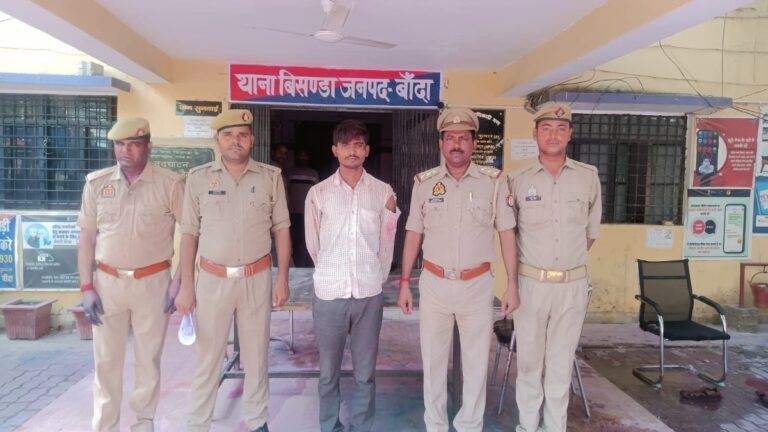From Saddam-Laden to Afzal-Kasab … The last sign of ‘villains’ is not erased? – Afzal Guru Grave in Delhi Tihar Jail Ajmal Kasab Osama Bin Laden Saddam Hussein Why Terrorists Final Resting Place Are Kept Unknown NtCPPL
The important statement of Deputy Chief Minister Eknath Shinde has come in the midst of the demand to remove the grave of Mughal ruler Aurangzeb from Khuldabad in Maharashtra. He said on Tuesday that the US had also not allowed Osama bin Laden to be buried on his land and threw his body into the sea to avoid any glorification.
Eknath Shinde said who is Aurangzeb? Why should we allow him to glorify it in our kingdom? He is a blot on our history.
Significantly, Aurangzeb was an influential ruler of the Mughal Sultanate. He died in Ahmednagar, Maharashtra. And right now his tomb is 130 km from Ahmednagar in Khuldabad.
While the people of Hindu organizations are demanding the removal of Aurangzeb’s tomb from Khuldabad, the Muslim community considers it to be the King of Mughalia Sultanate. And calls him an influential king, opposing this step.
Recently, in the midst of this ongoing debate in Maharashtra, we understand the history of the recent and know how the final address of ‘villains’ becomes anonymous.
In fact, in the modern world, governments, agencies and institutions do not want to have any permanent identity of such people, which the society and court there have declared enemies.
Saddam Hussain, the ruler of Iraq for America, was one such character. Osama bin Laden, a terrorist who carried out the 9/11 attack, was a villain for other countries of the civilized world including America. At the same time, Ajmal Kasab is a villain for many countries of the world, including 140 crore Indians, who attacked the Parliament of India and 26/11 attacks of Mumbai.
What happened to his body after hanging Saddam Hussain?
Iraqi dictator Saddam Hussain was sentenced to death by the US on 30 December 2006. After this, his body was sent to Baghdad to bury.
Saddam was buried on 31 December 2006 in Al-Aaja, which is a few kilometers from Tikrit in his ancestral village. Here both his sons Uday and Kusay had graves.
Initially this tomb became a memorial for its supporters. Every year on April 28, people used to gather there, and their pictures and posters were placed on the grave.
But after the control of ISIS on Iraq in 2014, Saddam’s grave began to threaten. Meanwhile, some chieftains of Saddam’s clan claim that they disappeared the grave from there and took them to a secret place, so that ISIS would not destroy it.
Where is the grave of Saddam Hussein right now. This is not clear. A fighter who has worked for Saddam claims that Saddam’s exiled daughter who lives in Jordan, came to Iraq from her private jet and took the opportunity to take her father’s ‘remains’. She claims that she will bring her father’s remains when the situation in Iraq is correct.
Laden’s body was shed in the sea
America did not make a mistake like Saddam Hussain in hiding the body of its biggest enemy Osama bin Laden.
Al-Qaeda’s kingpin Osama bin Laden was killed by American Navy Syels on May 2, 2011 in an operation in Abbottabad, Pakistan.
After killing Laden, the US Army took his body to Bagram Airbase in Afghanistan from Abbottabad. His identity was confirmed through DNA test and facial recognition. DNA was mixed with his sister’s sample, which was already with the US.
After this, the US threw the body of Osama bin Laden in a sea. The world has no information about which is this sea, where it is.
Afzal Guru
Afzal Guru was guilty of attacking India’s Parliament in 2001. Afzal was trapped in Tihar Jail in Delhi on 9 February 2013. After this, he was buried in the jail premises itself.
Significantly, Maqbool Batt, the founder of the Jammu and Kashmir Liberation Front, was also buried in Tihar after hanging in 1984. His body was also not given back, and this decision was effective in maintaining peace in the valley at that time. The same policy was adopted in Afzal’s case.
Ajmal Kasab
Ajmal Kasab, the only living terrorist of the 26/11 Mumbai attacks, was stuck in Yerwada Jail in Pune on November 21, 2012. His body was also buried in the jail premises, and the exact place of his grave was not made public.
Then Pakistan’s then Home Minister Rahman Malik had said that Kasab’s family has not made any request to ask for his body.
No government wants the bodies of such persons of such a gross anti -social identity, even after its death, become a threat to society, nation security or create a ruckus in the name of ideology. Therefore, usually the bodies of such people are cremated as a secret form.
The issue of security and terrorism-liberation
Governments do not want the graves of such persons to become a source of inspiration for extremist groups, extremist ideas. Because if this happens, some elements can start gathering at that place when it is found in time and situation, this can cause law and order problems for the government. A situation of confrontation can occur with the local people. Apart from this, in such places people can submit special dates and spread special ideology.
Please tell that a symbolic grave of Afzal Guru, convicted of the Parliament attack, was built in North Srinagar. But the authorities immediately removed him. Because people were gathering there.
A few days ago, Afzal Guru’s elder brother Ejaz Ahmed said that he wants to read Fatiha on the tomb of Afzal Guru in Tihar. But the government is not allowing this.
Stopping social/religious polarization
The government does not want to keep the graves of such people/criminals because these places can create divisions in the society. Most people may be convicted of criminals or nation, but for some elements such people can be sacrificed. The graves of such people can cause constant stress in the society. Therefore, governments do not want to keep any such identity public.
Legal and diplomatic reasons
Handing the body to the family or the original country can increase legal claims, international disputes, or political pressure. Keeping or destroying it under its control is an easy option. If the Government of India started the process of handing over the body of Ajmal Kasab to Pakistan, then many controversies could have arisen. First of all, to avoid slander, Pakistan would refuse to take such bodies.
Symbolic message
Governments want to show that this will be the fate of such terrorists, criminals and those who have been sentenced to death in the court of the country. And his identity will always be erased.
This sends a message to the criminals, terrorists and khurafatis who can arise in the future that they will neither get respect nor remembered.
Governments also hand over the bodies in many cases
However, in some cases, the governments also hand over the bodies of people who have been sentenced to death by law to his family. As the body of Yakub Memon (1993 Mumbai bomb blasts) was given to his family in India. Before doing this, governments assess security, social impact, demographic equation. Many times governments also take such decisions to balance public sentiment.
(Tagstotranslate) Afzal Guru Grave (T) Ajmal Kasab (T) Osama Bin Laden (T) Aurangeb Tomb Story (T) Aurangeb Story (T) Aurangeb Story (T) Aurangeb Tomb in Khuldabad (T) World News in Hindi






